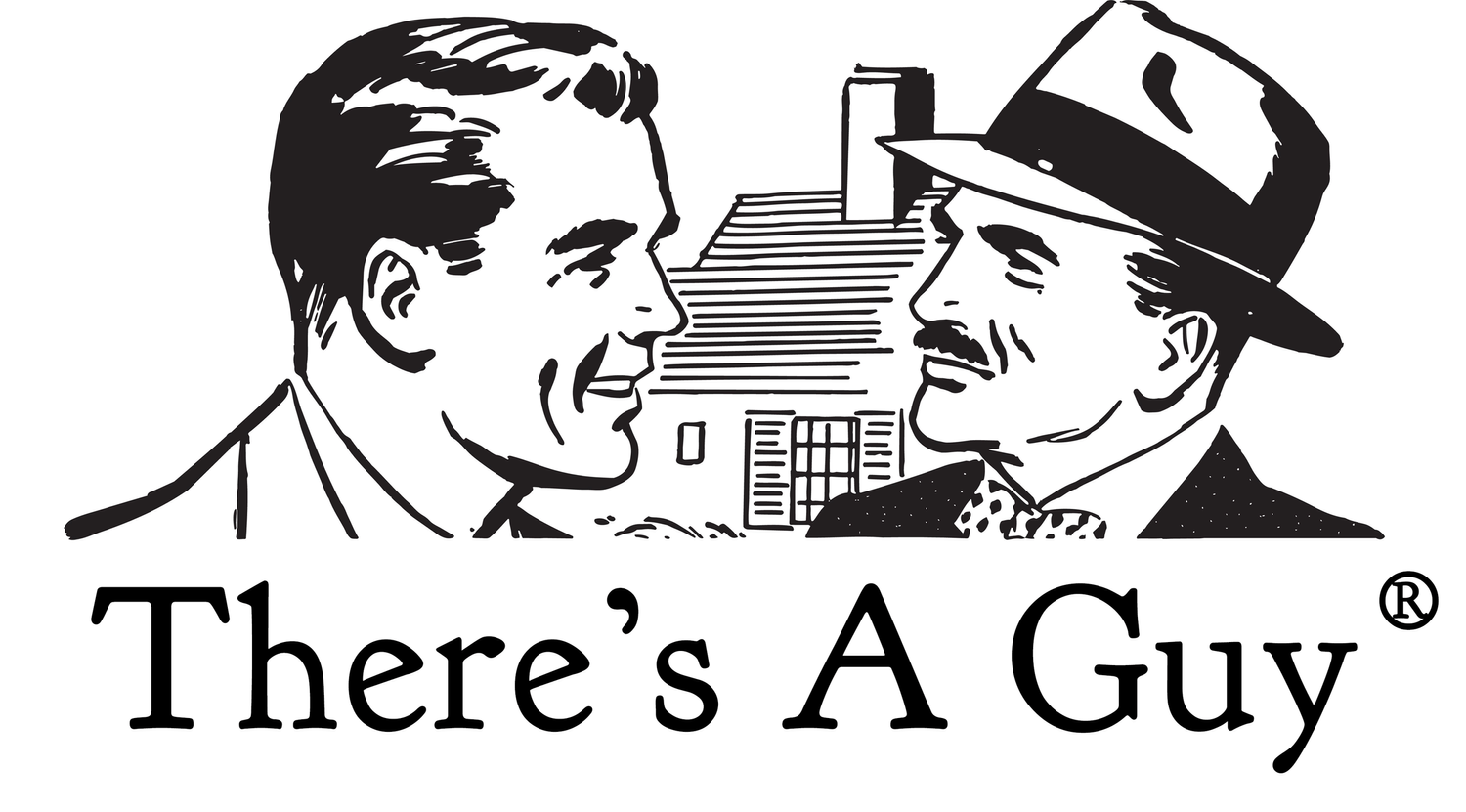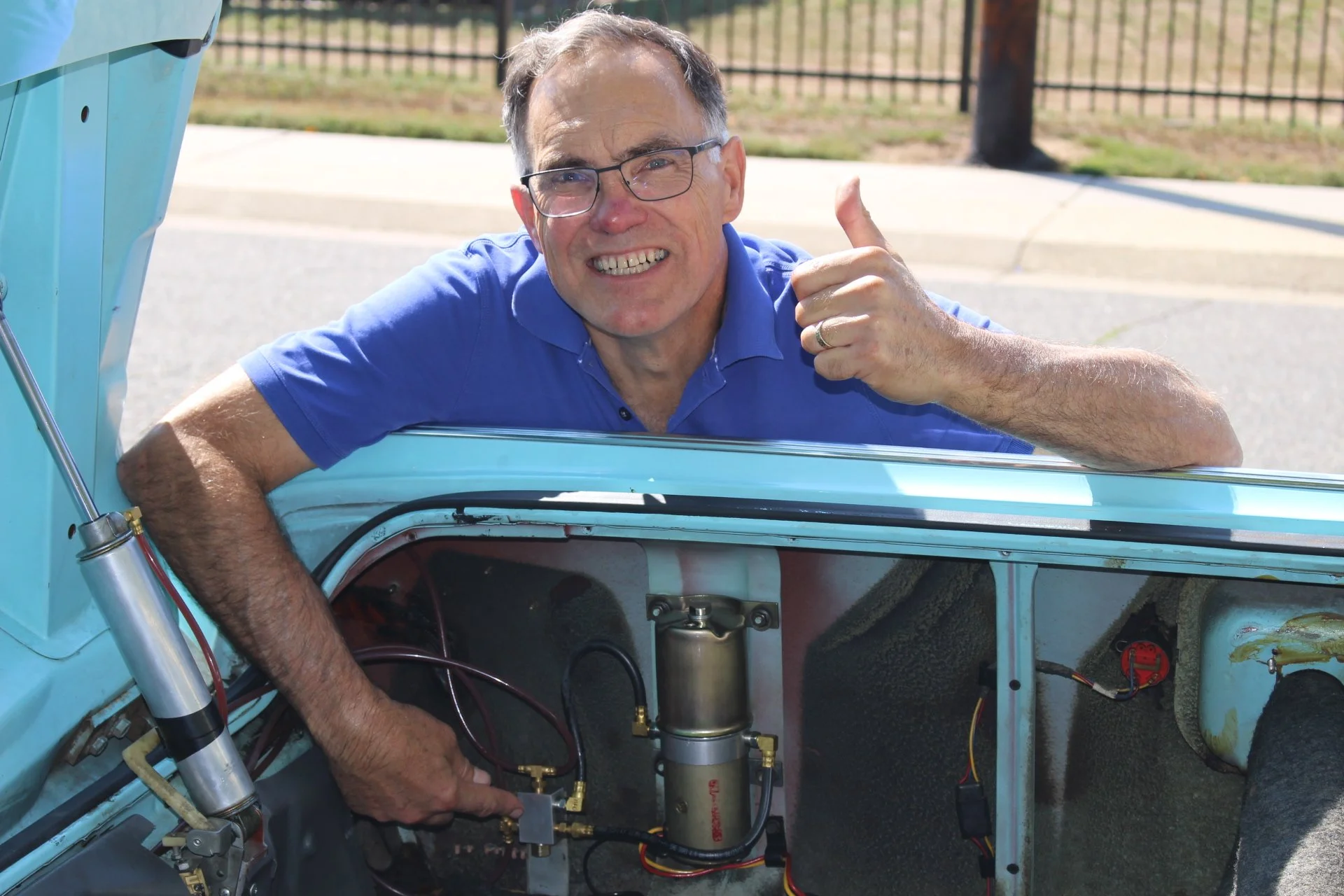Revisionist Engineering
All of us at one time or another have looked at a part of some machine and wondered why it was designed a certain way. From a Boeing 747 to a toaster, why something didn’t have a larger tab, a thicker edge, a metal rather than plastic thread or a different angle somewhere. A smaller number drilled an extra hole in something, glued on a reinforcement or made up a backing plate. Only a small subset of readers will have gone to the trouble of looking into having a redesigned part manufactured, to solve our problem and then be sold to others. Luckily, in the classic car world, a coterie of individuals and small companies have done just that, serving tiny markets with brilliant products.
John Brewer has been one of those suppliers to Lincoln enthusiasts for over a decade now, rebuilding window switches, shipping new power steering fluid filters, making up fresh, supple wiring harnesses and providing by-the-hour over-the-phone consulting services for diagnosing and repairing convertible top issues. Collectors know the quality of his products and advice. But how did this all come about? How does someone move from a business career into such a focused niche cottage industry?
Springing Into Action
John grew up in California where his dad was a real estate developer. Brewer Senior liked cars and brought home a Shelby Cobra one day. Since it lacked a rear seat, in short order a 1967 Lincoln Continental convertible followed, it having a rear seat of great expanse. John learned about those cars and the others his father favored, including such rarities as an American Motors AMX.
After getting his MBA and working in finance with Bear Stearns and other Wall Street firms, Brewer moved into real estate as well. He developed a specialty in retirement communities and one day was confronted with an issue at a newly-built development. The door handles on all the units weren’t at a smart 90-degree angle but drooping toward the ground. The problem was a spring, and the manufacturer could replace them all for a seven-figure sum. That offended John’s sense of economy and he found a spring company that could fabricate replacements. For only a few thousand dollars and the time of maintenance crews already on staff, problem solved.
Some time later, John got to thinking about a chronic problem with 1960s Lincolns. The 100-pound front doors were designed to pop open, supported by a 35-pound hinge and spring assembly. But the spring often broke after so many decades, leading the doors to be slammed shut, which eventually shatters not only neighborhood peace and quiet but also the fragile plastic door armrests. He turned to the same spring company for a solution, had a run of replacements manufactured and began selling them.
Response to that offering was positive and John turned his attention to other parts. “I look at what hasn’t been done by other people,” he told me through his John Malkovich smile, and described his forays into windows switches, convertible motor parts, check valves and other Lincoln esoterica. An engineering mindset is the foundation of Brewer’s work. Manufacturing expertise developed through his real estate operations work built on top of that. His business career gave him the capital to fund production runs. Lincoln owners benefit mightily from the combination.
John can be a dog with a bone when a particular Lincoln problem catches his interest. He has talked his way into some large manufacturing companies and wormed his way into speaking directly with their engineers. In some cases his enthusiasm has been contagious enough that they’ve ended up producing product components for him. To a company making parts for giant earthmoving machines, fabricating a Lincoln part can be so different from their day-to-day activities and so interesting that they may do it just because it’s irresistibly cool.
Bar Fight
Lincoln suppliers are generally a collegial group, but occasional differences of opinions crop up. I posited an imaginary “bar fight” between someone who posted on The Lincoln Forum the idea that 1961-1969 power steering fluid filters were troublesome and unnecessary and John’s recent introduction of brand new filters to his product lineup. John jumped right in, describing in exquisite detail his research, the flaws in current replacements, elimination of fluid frothing with a correct filter, and so on. He’d gone so far as to drill down into parts numbers from major auto parts chains, buying one of each and seeing such vast differences among them that some could not even fit in the reservoirs. A few turned out to actually be air filters.
At his home/parts workshop/storehouse he showed me a power steering reservoir, demonstrated the difficulty of correctly positioning the previously available incorrect filters, how ports could be obstructed, truly gross old filters and the elegant, pristine new filters he arranged to have produced exclusively for him. I have never learned more about a single part, and one so obscure that it is not even mentioned anywhere in the shop manuals.
While there I viewed most of the lineup of parts John sells on his own website (www.brewerclassiclincoln.com) and via his eBay store (jbrewer02). In addition to the aforementioned window switches, there’s a wide variety of newly manufactured parts for convertible top operation and an assortment of used parts salvaged from parts cars. In his private collection, NOS parts acquired just for the hell of it, in yellowed, faded FoMoCo boxes to be sure, and absolutely the real thing.
What’s Ahead
Following a preview of potential new additions to his inventory (spoiler alert: knife switches), conversation turned to the Holy Grail of Lincoln parts: passenger side outside rearview mirrors. John investigated making them: the price per piece was reasonable, but the upfront costs were not. He made an observation regarding a wrinkle in marketing such items: demand drops off when a rare piece becomes readily available. Today that mirror is as rarely spotted as a unicorn. See one for sale for less than $500 and people will buy them instantly – even if they already have one! But if they were in stock for ready purchase, owners would wait, and sales would be glacially slow. That creates a natural regulator on new manufacture for the few people in the Lincoln world like John who could actually make it happen.
What’s the future for Brewer Classic Lincoln? John envisions more parts additions of course, but also a shift. Those phone consultations on convertible top issues are a growing portion of his business. He credits communications skills for that growth. Most everybody thinks they’re good communicators, but I’d spent hours talking with him about the most fine-grained minutia and the grossest generalizations. He shifts effortlessly up and down that scale of detail and it was easy to picture him walking a total novice through a troubleshooting protocol then doing the same with a trained mechanic. A full hour for the first, a quarter hour for the second. Steven Landau, who owns the Classic Car Gallery in Bridgeport, Connecticut, had an Emberglo ’66 on his hands with a balky top until he utilized John’s service recently. Steve says, “John saved my bacon. He zeroed in on the problem quickly, walked me through the solution precisely, and explained everything clearly. I had the top working well in no time.” Brewer’s phone number (303-562-8368) should be included in any 1960s Lincoln toolkit.
I turned over wiring and switches supple and shiny at Brewer’s. I joked that I’d order two: one to install, one to frame and display. But it’s not the quality that’s the Brewer story. It’s where the quality originates. It’s in his father’s Lincoln, a half-century ago. It’s in an engineering mindset. It’s in this odd transition from apartment door handles to springs that protect armrests. It’s in an ability, willingness and inclination to worm his way into the design departments of subcomponent manufacturers. And above all in the painstaking task of working through tiny details that make all the difference. When you open the package, it’ll look like plastic and metal. It’s actually filled with brain neurons and the distillation of hours applied to obscure problems, all so you can roll down the street getting thumbs-up from admirers, confident that you’ll hit a switch, and everything will work. There’s a guy in Denver going to sleep at night with a wiring diagram on the nightstand, toothed gears in his dreams, and a desire to make our unique cars better.
©️2023 David Moyer



